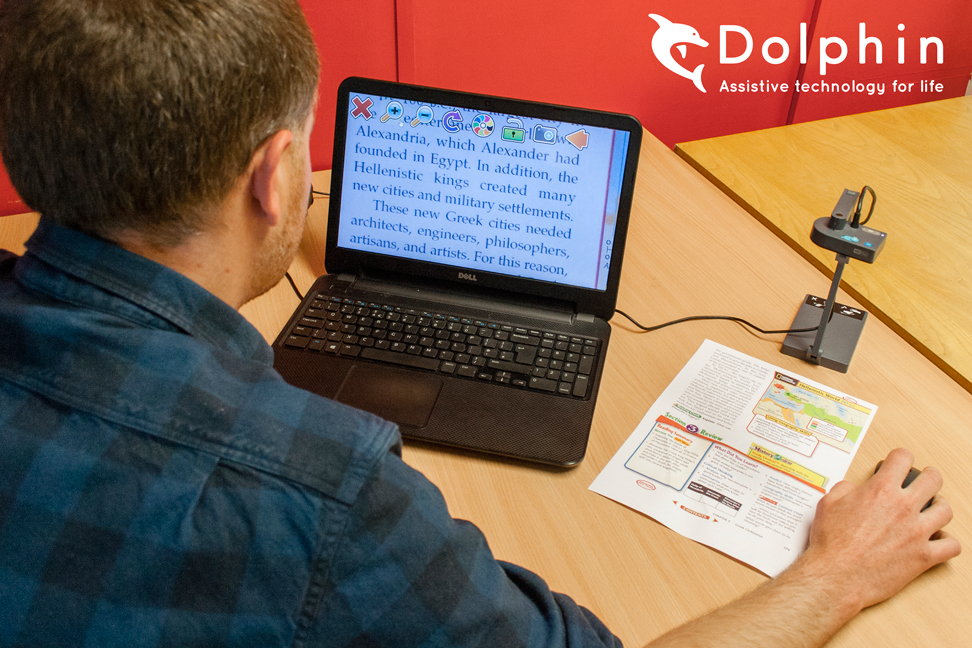

Do not tell them how many rows and columns there are. You want to give the screen reader user a description of what is coming. This information is useful for all users, but is especially useful for users who cannot see the table, e.g. The newer recommendation is to include explanatory information introducing the table. It was originally designed to be descriptive and give an overview of the table.

The SUMMARY attribute is deprecated in HTML 5, though still part of the code. SUMMARY Attribute Deprecated in HTML 5 - New Recommendations
#WHAT IS SCREEN READER SOFTWARE CODE#
Some browsers do not visually display the text that is present in the ALT attribute and instead, will use the TITLE attribute.Īn example of HTML code showing the ALT attribute follows: The ALT attribute is also displayed visually in a tool tip when the user hovers a mouse over a graphic. Images and videos, however, can benefit those individuals who have difficulty with reading, so don't hesitate to use them - just remember to give equivalent information in an alternate format.

The next section describes long descriptions. If the image needs more than a short description, use the LONGDESC attribute. alt=""), however the World Wide Web Consortium (W3C) says it is better to use the image in cascading style sheets (CSS) with list-style-image. If the image is just a bullet or a line or other decoration it is OK to use the empty ALT attribute (e.g. Search engine bots also cannot see pictures on a Web page, so having the ALT attribute for images on a Web site helps them index it. Some browsers cannot actually display images so will display the ALT attribute text instead if it is available. The ALT attribute actually has several tags defined for it, including: Often called an ALT tag, the ALT attribute is used to provide a text equivalent for an object or image. Many times these are not spoken or visibly noticeable to a sighted user. These are some of the attributes that are designed specifically for screen reader users. Common HTML Attributes used by Screen Readers Common HTML Attributes used by Screen Readers


 0 kommentar(er)
0 kommentar(er)
